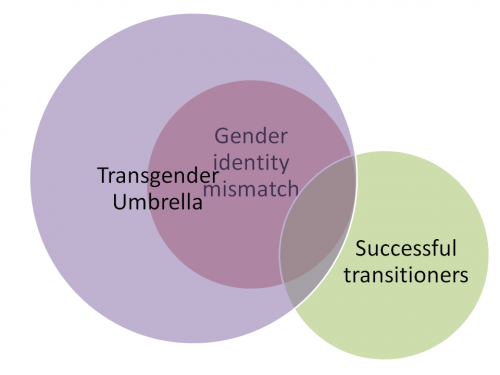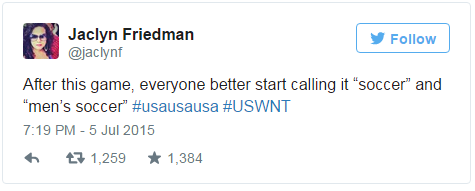
Last month I wrote that instead of only two levels of phonetic transcription, “broad” and “narrow,” what people do in practice is to adjust their level of detail according to the point they want to make. In this it is like any other form of communication: too much detail can be a distraction. But how do we decide how much detail to put in a given transcription, and how can we teach this to our students?




